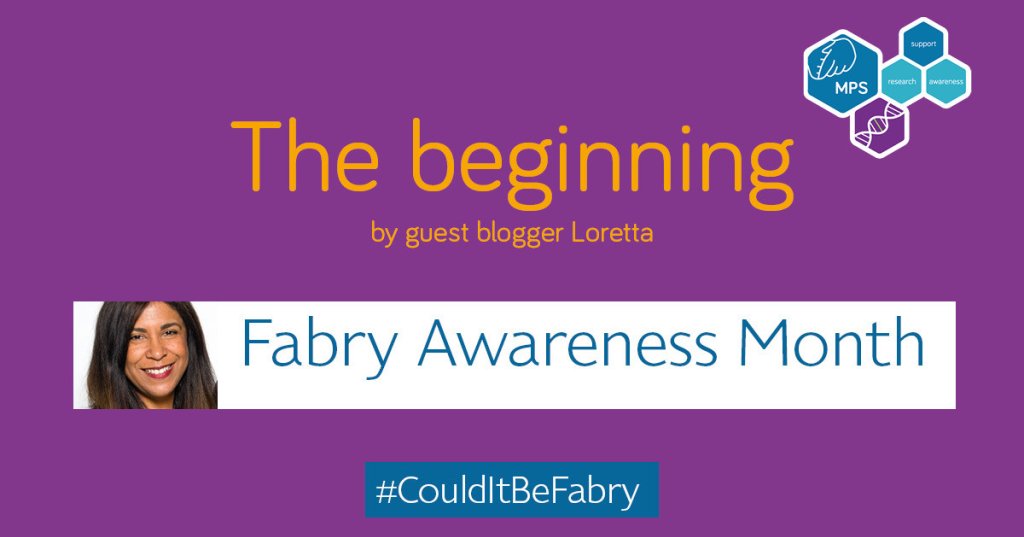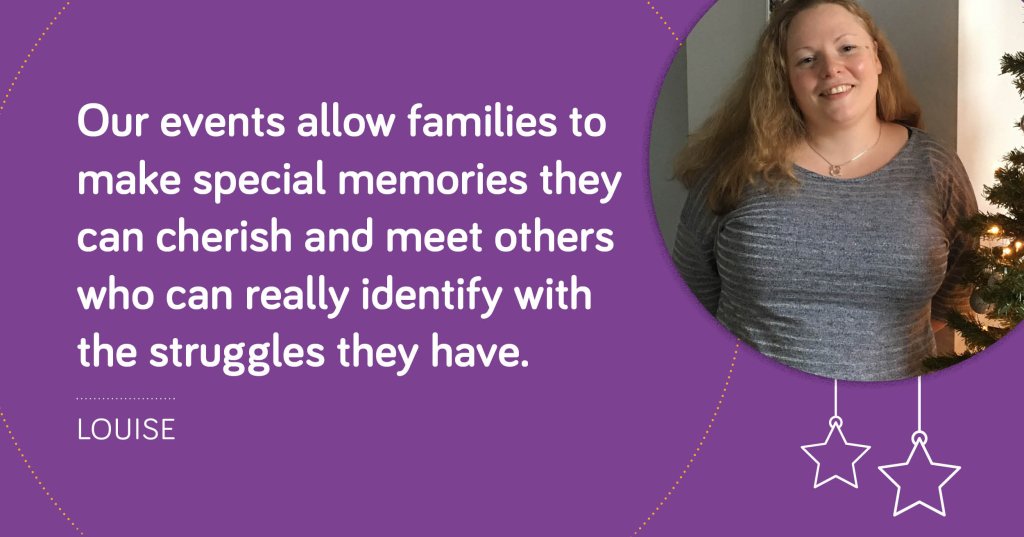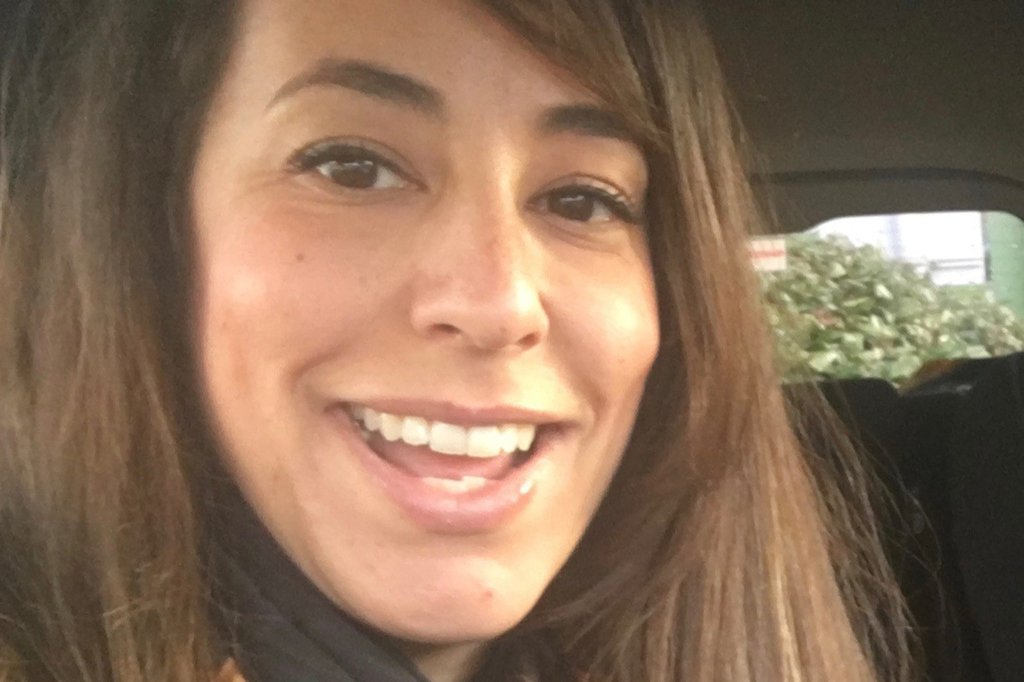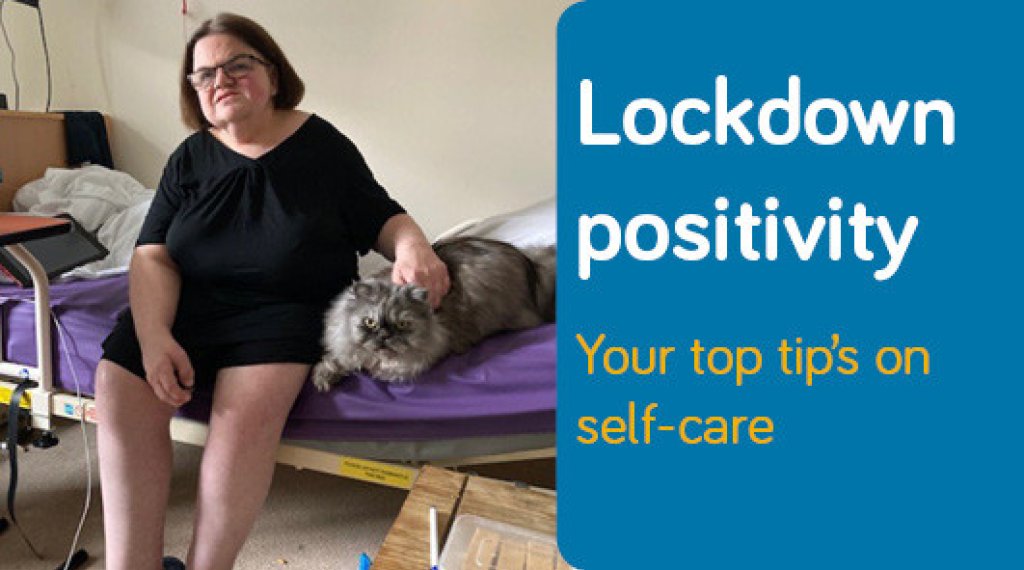This Fabry Awareness month we are featuring a series of articles titled “Could it be Fabry?” from guest blogger Loretta MacInnes, a Fabry patient who wasn’t diagnosed until she was 50 despite having symptoms since childhood.
Information contained in these articles has been collected and written by our guest blogger and does not necessarily reflect the opinions of the MPS Society or its Board of Trustees.
The beginning
It took years for my symptoms to be finally recognised as Fabry Disease. By this time my heart had been affected and my life severely impacted. It also meant that two of my children had suffered delayed diagnosis and delayed treatment.
The signs that I had Fabry Disease were obvious from childhood:
Neuropathic pains in my hands and feet. These were so bad that I would literally scream in agony
Corneal whorls
Heart issues even though I had no apparent risk factors
But no-one asked the question, “Could it be Fabry?” until I collapsed in Manchester and was rushed to hospital with a potentially life-threatening heart rhythm. Thankfully an interested cardiologist, Dr Luigi Venetucci from Manchester Royal Infirmary, realised something just wasn’t right, and rather than stabilising me and sending me on my way, he decided that further investigation was needed.
No-one asked the question, “Could it be Fabry?” until I collapsed in Manchester and was rushed to hospital.
Now at what point could – and should – this illness have been picked up? That is an interesting question and one that I will be exploring during Fabry Awareness Month in April.
What is important is:
More clinicians know that Fabry Disease exists (many that I have come across recently have still never heard of it)
What symptoms could indicate that a person may have Fabry
Clinicians know the routes to the Specialist Teams who can facilitate full diagnosis and treatment.
I hope that these articles can help improve that knowledge – and even if just one person gets a diagnosis and treatment sooner because of this, then it would have been worth the effort.
If you have any information you would like to share about your journey to diagnosis, then I would love to hear from you.
Thanks for reading.
Loretta
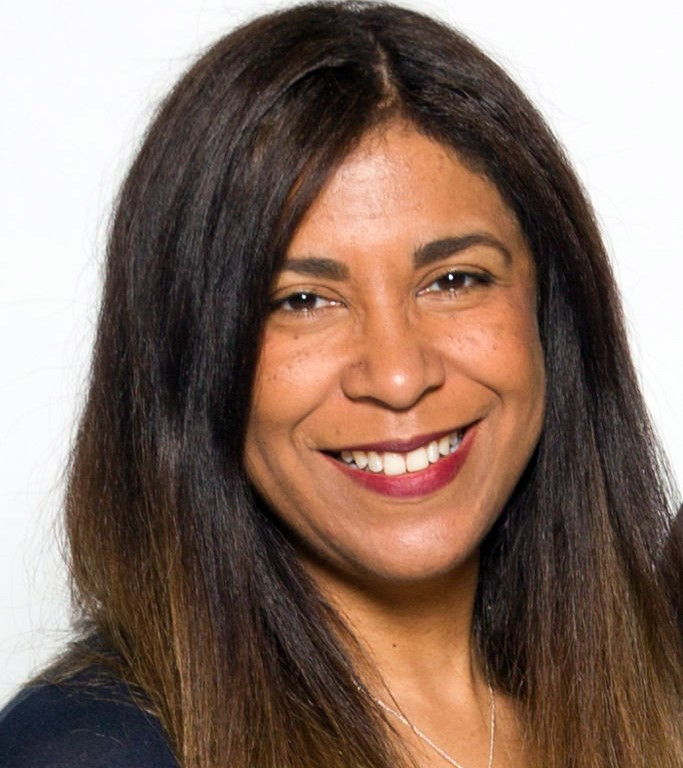
Follow me: @MyFabryDisease
Website: www.myfabrydisease.com
About the author
Loretta MacInnes was diagnosed with Fabry Disease when she was 50 despite having symptoms since childhood. As part of Fabry Awareness Month she is working with the MPS Society to reach out to healthcare professionals in key areas where Fabry Disease can impact. If you know what to look for, you could make a real difference to someone by enabling diagnosis and treatment of this disease. Are healthcare professionals of all descriptions aware of the indicators of Fabry and able to ask, “Could it be Fabry?”
<a href="https://twitter.com/intent/tweet?button_hashtag=myfabrydisease&ref_src=twsrc%5Etfw" class="twitter-hashtag-button" data-show-count="false">Tweet #myfabrydisease</a><script async src="https://platform.twitter.com/widgets.js" charset="utf-8"></script>